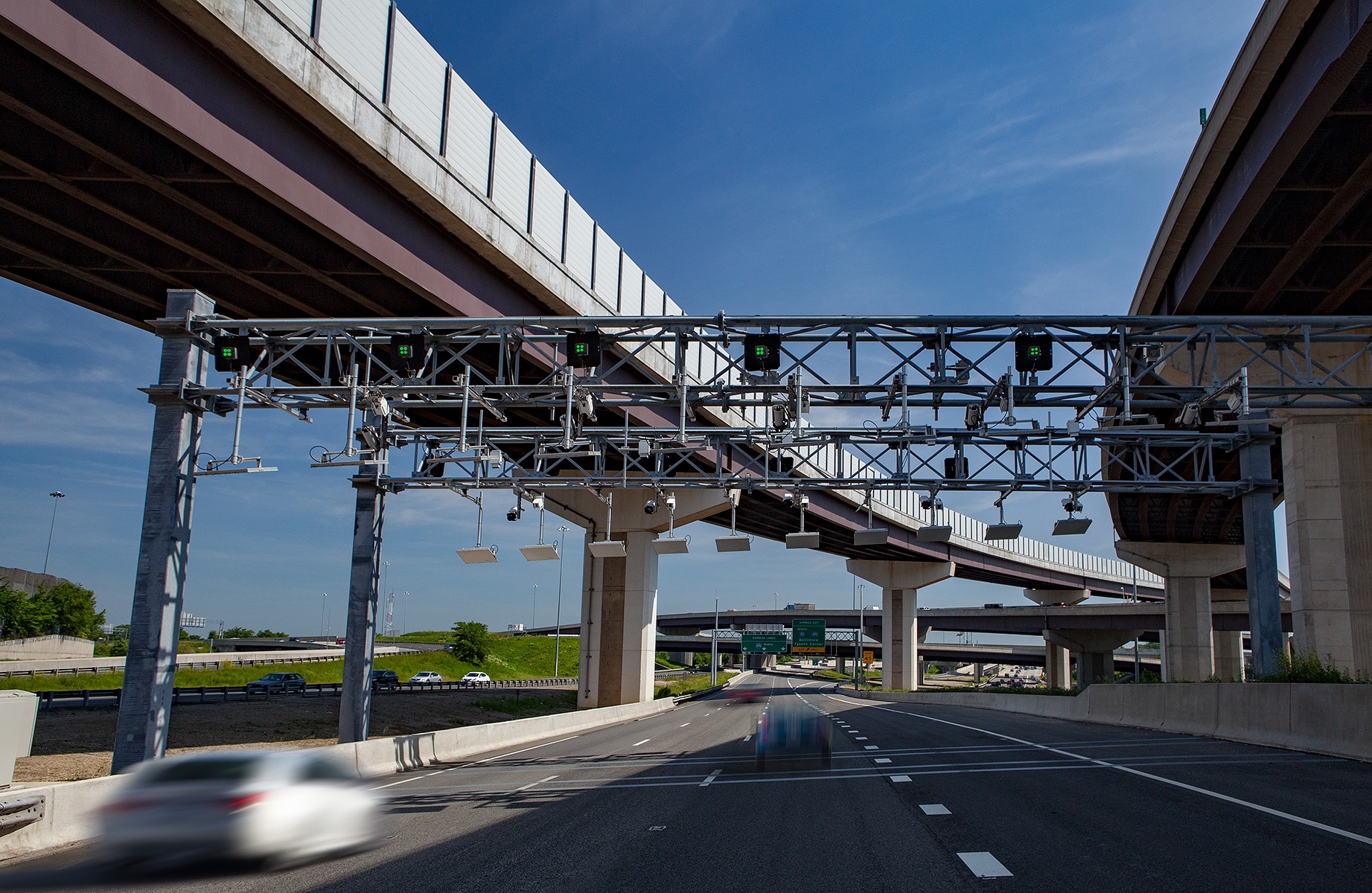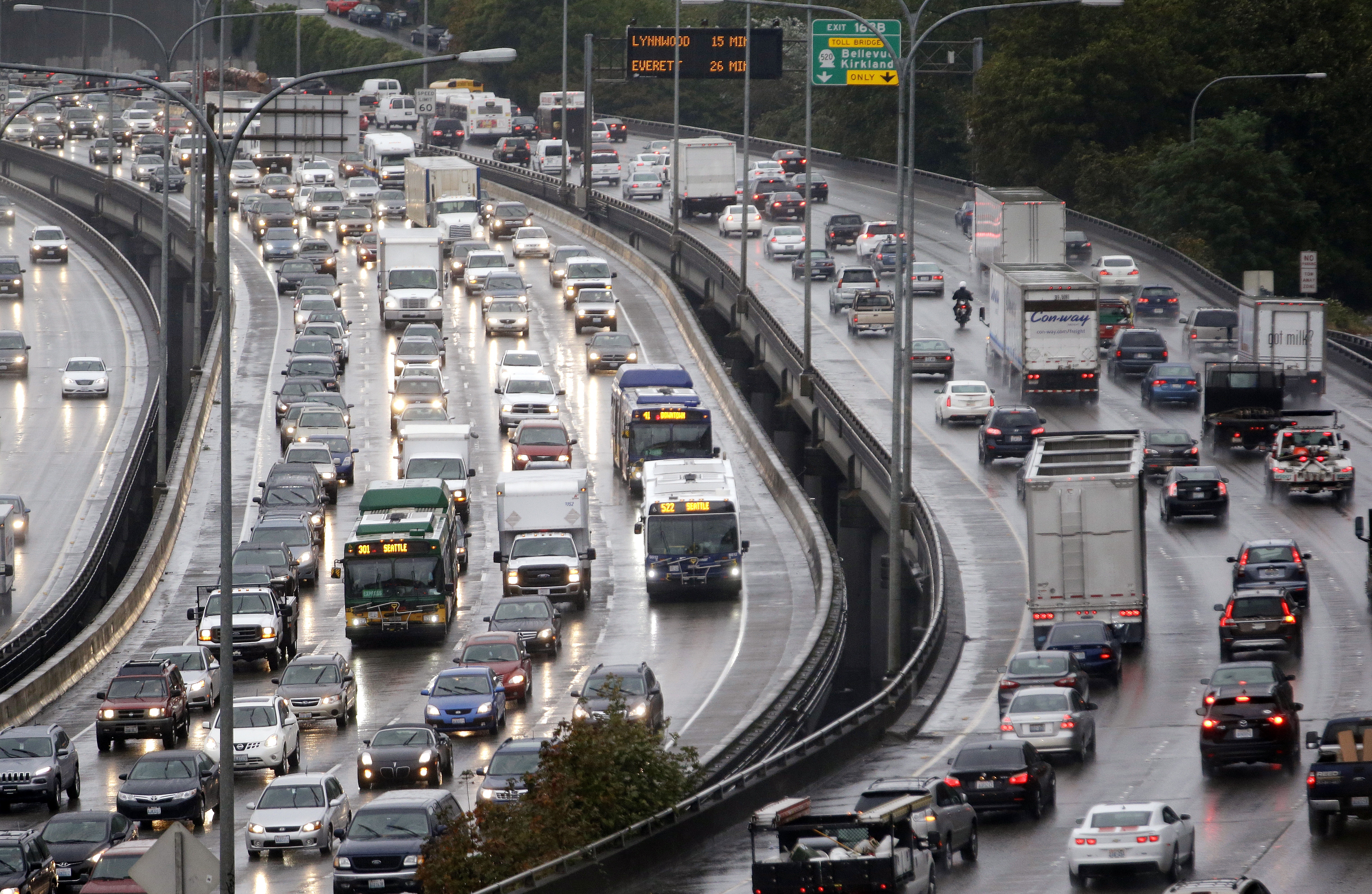
There is some controversy over the testing of connected and autonomous vehicles – but Robert Deans of
Managed lane operators have the opportunity to establish themselves as leaders in the testing and roll-out of connected and automated vehicles (CAVs), assisting and accelerating the transition of CAVs onto road networks to deliver economic and safety benefits. Managed lane facilities, especially those that manage traffic using electronic tolling and advanced traffic management systems, provide ideal testing grounds for emerging technologies, including CAVs. They are predictable and controlled environments with more free-flowing traffic. When operated as a toll facility, they also allow the operator to have a direct customer relationship with the motorists.
Infrastructure owners and operators (IOOs) are building first-hand CAV operations knowledge and experience, establishing working groups, partnerships and on-road trials. Over the coming years, IOOs, led by managed lane operators, can pursue the introduction of beneficial, CAV-supportive technologies into their operations. They can develop and deploy operating protocols to address the needs of CAVs, including the expectations of motorists and the community. Partnerships with automotive and technology companies, as well as transportation research and development facilities, will allow IOOs to gain detailed exposure to emerging technologies and their associated risks and opportunities.
Future performance
By gaining this insight, they can begin to influence and improve the future performance of CAV networks. To accomplish this, deeper engagement with the CAV industry leadership will be required. To date, automated vehicle (AV) technology companies have assumed little co-ordination with IOOs. However, given the high expectations for performance and safety of AVs by the public, companies should continue to seek opportunities to participate in the CAV development and operations process via vehicle-to-vehicle (V2V) and vehicle-to-infrastructure (V2I) messaging, more advanced connected vehicles (CV)-based traffic management systems, or in-road technologies, to accelerate the transition to CAVs on road networks.
The objective for a CAV-enabled road network is to enhance mobility, improve safety and the environment. IOOs should participate in realising this future vision. Moreover, managed lane operators have the niche opportunity to lead the IOOs in this pursuit.
Managed lanes have the opportunity to become early adopters of various highway automated and connectivity technology trends. So what is the ultimate vision for CAVs on the managed lanes?
Reliable operation
CAVs, travelling either solo or as part of a platoon, would operate reliably, leveraging their automation platforms. Specific infrastructure would help to virtually guide and localise the vehicle, co-ordinating data for both connected and traditional vehicles. Headways would decrease, given machine-based rather than human-based reaction times. Embedded sensors in addition to V2V communications would drastically reduce collision risk. CAVs could co-ordinate with each other to facilitate more efficient traffic flows, including merging or exiting vehicles.
In the meantime, roadside and/or cloud-based V2I technology would facilitate additional critical capabilities. V2I applications will be key to IOO’s direct involvement in CAV operations. Fully-managed highway facilities are taking advantage of lane use management signs and variable message signs. A CV-based environment would facilitate the transmittal of speed and lane use information directly to vehicles, opening up possibilities to encourage compliance. Downstream traffic queues or congestion could be directly communicated. Importantly, a V2I link could allow for feedback to the road operator on the actions each vehicle takes in response to the message. Speed harmonisation applications designed to efficiently manage traffic queues, work zones or special events would become tools that are more effective for the network operator, based on opt-in approaches for road users.
Interoperable tolling
Looking to the future where either production or aftermarket CV on-board units become more prevalent, an interoperable tolling application becomes viable. The industry maintains approximately 50 million toll transponders in the US alone that are costly and burdensome to manage. If embedded CV communication becomes available as a baseline feature in vehicles, it may become decisive for the tolling industry to convert roadside tolling systems to CV-based platforms. The CAV industry would benefit if tolling, an existing and proven form of V2I technology, can help to expedite CV deployment.
If we follow today’s AV development trajectory, it appears that IOOs will have little or no real-time command and control functions over CAVs traversing the road network. As we transition towards driverless, Level 4-5 AVs, the collective transportation industry must work to maintain customer confidence.
Acknowledged need
Certain automotive and technology companies have already acknowledged the need to consider infrastructure-based support for CAV operation. Existing efforts include working to provide remote, detailed instructions to self-driving vehicles whose AV modules have encountered an unknown situation. Road operators could and probably should play a role in providing instructions or guidance to self-driving vehicles in such instances, not solely the vehicle or component manufacturer.
This interest by some to consider the need for infrastructure-based operation functions for CAVs should encourage IOOs to intensify their ambition and engagement to support safe, reliable AV development.
There are numerous AV, CV and CAV pilots and proving grounds for projects across the world. These are all critical for IOOs to gain first-hand exposure to the emerging technologies. However, when and how do we actually transition beyond that stage? And how can managed lanes play a role?
To begin, more testing and proof-of-concepts will be required. Test tracks are frequently an initial starting point for new assessments, subsequently followed by trials on a ‘real’ road. Depending on the novelty or associated safety concerns surrounding the test, this can be done with live traffic or under closed conditions.
Direct engagement
Managed lanes have specific entry and exit points that can be cordoned off to restrict live traffic while facilitating testing on a road with realistic pavement, signage and geometries. In cases of a reversible facility that has ramp gates, temporarily closing the roadway may be even easier. Following testing under closed conditions, testing may then transition to be alongside live traffic, perhaps during off-peak periods. Advanced intelligent transportation systems capabilities, such as dense sensor or camera coverage, support enhanced opportunities to oversee testing or gather data points to demonstrate results.
An additional benefit in the case of priced managed lanes is the opportunity to directly engage the motorist. Most drivers on such facilities - express or express toll lanes - have registered for a toll account and can be contacted for instances where education or instructional information needs to be disseminated. Express lane operators may decide that it is beneficial to incentivise motorists to enable transition into production CAV environments. For example, motorists with CV-enabled vehicles or those with certain advanced safety features such as automatic emergency braking may be encouraged to improve mobility and deliver safety benefits of automation.
What happens next?
Managed lane operators should continue to engage with the CAV industry to assess on-going risks and opportunity. Transurban, the operator of the I-495 and I-95 Express Lanes in Northern Virginia, has initiated partnerships with federal and state transportation agencies as well as research and development institutions to demonstrate CAV capabilities. A long-standing partnership with the Virginia Department of Transportation (VDOT) and Virginia Tech Transportation Institute has resulted in CAV-based testing on the Express Lanes. Furthermore, an agreement between VDOT, the Federal Highway Administration’s Turner-Fairbank Highway Research Center and Transurban will soon demonstrate vehicle platooning, merging and speed control functions on managed lanes. CAV testing completed in this manner will help to validate emerging capabilities for the overall transportation community.
Still, the current approach to CAV deployment is lacking emphasis on the role of infrastructure. This approach does not consider the value of experimenting with alternate paths that could utilise intelligent or ‘smart’ road capabilities. Managed lanes can provide a structured environment to develop and test operational concepts employing CAVs, deploy these concepts and directly engage the motorist customers in the case of express lanes. This will encourage a critical mass of CAV-enabled vehicles on managed lanes, which in turn creates the environment for CAVs to inter-operate and improve roadway efficiency. Once achieved in these environments, the rest of the road network can follow suit, perhaps in the sequence of managed lanes to toll roads to all roads.












